Augmented reality (AR) and virtual reality (VR) get a lot of attention when it comes to pure entertainment — but this reflects just a fraction of the power of AR/VR video. According to Karl Mehta, CEO of video education platform EdCast, more useful applications for enterprise and consumer markets alike are truly revolutionizing the AR/VR video space.
Telco Transformation recently sat down with Mehta for a Q&A about demand for and trends in AR/VR video. The Q&A has been lightly edited for length and clarity.
Telco Transformation: Where are you seeing the greatest demand right now in terms of your customers and how they want to use more advanced video solutions like AR/VR?
Karl Mehta: The demand is really mainly in the private sector. There is consumer demand, but I think it’s still more in the early stage; consumers are [saying], “It’s nice, fancy new stuff,” but there are not that many applications that are targeted yet for consumers in a lot of this VR, AR or 3D video space. But in the enterprise space… field operations are getting revolutionized. (See AREA’s Sage Advises Augmented Reality and Defining Productive Video.)
Think of a company like a cable company, and they have 10,000 people in the field installing routers getting you Internet to your home or to your big commercial building. If you’re running that operation, how do you train those 10,000 people on a continuous basis? Because [as] a new router comes in, new complaints come in. So you could, rather than bringing people [and] flying them in to one location, you could now have a video-based app or a virtual reality-based app where right on their phone they can see what is the way to install, implement and configure a router.
You can immediately see ROI because you can see the cost savings [comparing] a traditional way of trying to learn something [versus] now using video and VR.
TT: You mentioned the difficulty in the AR/VR consumer market. Do you see a possible solution — or at least a process to finding that solution — to figure out how this is going to work for consumers and how they are going to want it, etc.?
KM: The fundamental thing that every great technology needs is a killer app. I think AR/VR still needs to find its killer app in the consumer. I mentioned the killer app in the enterprise sector is anything to do with field operations, because field operations is “people who are not in the building.” It’s not in your office. They are outside in the field. Think about oil and gas. There are people who are out on the rigs in the ocean — and how do you train them? How do you replicate situations which will be so expensive to replicate inside in an office or in a lab? So I think field operations is a killer app.
On the consumer side, gaming is where you’re seeing pretty much all the investments and funding going from the VR companies. Pretty much all VR and AR companies right now are focused on games or entertainment. There is education going on, but very little, because there isn’t enough funding available for that.
TT: Do you see a role for this advanced video definition, 3D video, AR/VR, and that sort of thing in helping along what we’re talking about?
KM: Absolutely. I think the killer app for AR/VR and 3D videos is a model in education. I mean, yes, there are other applications like health and military and all of those, but fundamentally, even within each one of those verticals, the fundamental is education. How do you train military personnel? How do you train healthcare professionals? And we’re already seeing tremendous use of virtual reality now in a lot of situations where you just cannot replicate that in a lab; you’re teaching someone chemistry and you may not have all of the equipment, but you can actually create it in virtual reality.
I just built a virtual reality app for an automobile company who trained the mechanics across all of their dealerships about how to change the brake pads [in] a new-model car. In the old format, you would have to write so many instruction manuals — and still, some mechanics would install the brake pads the wrong way. But now, you can just go into 3D virtual reality — and you know exactly where to go in and pull out which screws, and how to pull out the old brake pads, and how to put in the new one. (See How VR Helped Land Rover Raise the Roof.)
I mean, I did it in like ten minutes, and I felt like I’m a pro. I’m nowhere close to being a good automobile mechanic to do anything hands on, but that’s the power of virtual reality.
— Joe Stanganelli, Contributing Writer, Telco Transformation
Killer Apps for AR/VR: Interview with Karl Mehta
Share This :
Share on facebook
Share on twitter
Share on linkedin
Recent Posts
-
EdCast by Cornerstone Launches App for Zoom to Bring Contextual Content Inside Zoom Meetings14 Jun 2022
-
Clearlake Capital-Backed Cornerstone Completes Acquisition of EdCast16 May 2022
-
Data shows 39% increase in retention for employees that spend at least 40 learning hours on EdCast’s LXP09 May 2022
-
Learner Experience Platforms and their role in enabling Virtual Learning25 Apr 2022


